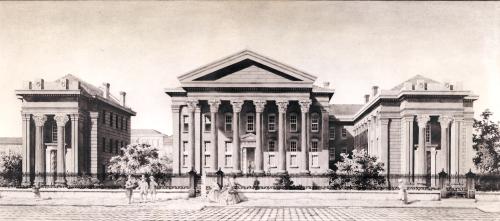
The Beginning
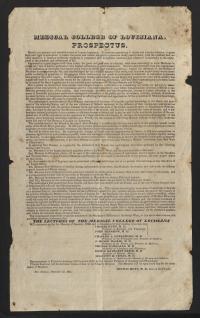
New Orleans, located in a subtropical climate and with one of the busiest international ports in the world, was vulnerable to all types of virulent infectious diseases in 1834. When the Medical College of Louisiana published its prospectus that same year, key among its objectives was "to lead the advancement of science and the rational treatment of disease."
By 1845, the state legislature recognized the institution's value and authorized a full-fledged university in New Orleans. The medical complex was quickly recognized as one of the largest medical schools in the country. By 1860, enrollment had increased to more than 400 students, positioning it as the nation's fourth-largest medical education program.
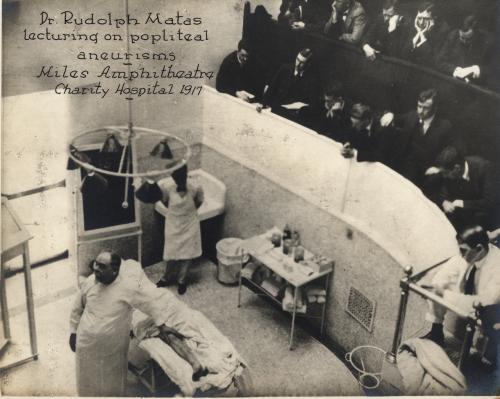
In 1882, Paul Tulane donated extensive real estate to support education in New Orleans. The Board of Administrators of the Tulane Educational Fund decided to support the University of Louisiana. By 1883, the Legislature of Louisiana passed a bill that created the Tulane University of Louisiana, a private, nonsectarian university. As part of Tulane University, the medical school continued to thrive and expand, moving into the 20th century as the top-ranking medical school in the South and one of the best in the nation.
Discovery and Translation
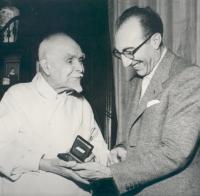
Tulane School of Medicine distinguished itself in discovery, translation, and education. In 1932, Dr. Michael E. DeBakey graduated from Tulane School of Medicine and began a distinguished career in cardiovascular surgery. As a medical student, he researched and designed the roller pump, an essential component of the heart-lung machine that led to open-heart surgery.
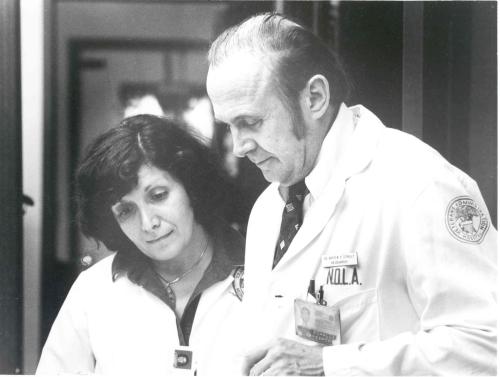
Other Tulane faculty members who made enduring advances in medicine over the last century are Dr. Robert Heath in psychopharmacology, Dr. George E. Burch in physiology, Dr. Andrew V. Schally in endocrinology, and Dr. Louis J. Ignarro in pharmacology, the latter two winning Nobel Prizes for their work at Tulane.
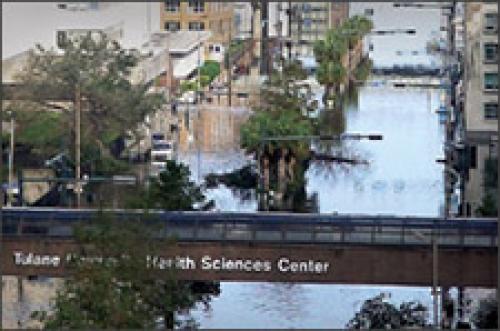
Hurricane Katrina
In late August 2005, with Tulane School of Medicine on the cusp of major programmatic expansion, the worst natural disaster in the history of the United States caused unbelievable destruction to the city of New Orleans, its people, and institutions, including Tulane University.
Tulane doctors stayed with their patients at Tulane Hospital, Charity Hospital, and the New Orleans VA Hospital until they were forced to evacuate. Those doctors, students, and residents would soon return to the city, establishing clinics in new locations and reestablishing access to medical care and education.
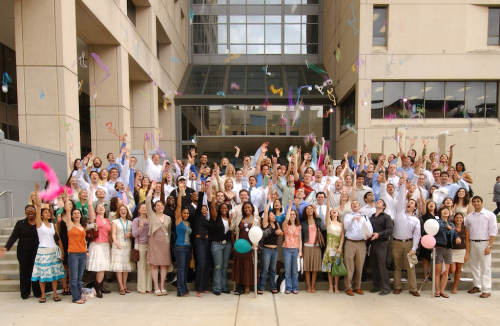
After the storm, Tulane School of Medicine evacuated to Baylor College of Medicine in Texas, where medical students resumed their studies. Tulane medical school administrators coordinated the school's return to New Orleans, which began in November 2005, and accommodated the 98.5% of Tulane's medical students who remained with Tulane after Hurricane Katrina. Over the ensuing year, the dedicated and committed faculty reconstituted vigorous research and teaching programs as space became habitable.
Moving Forward
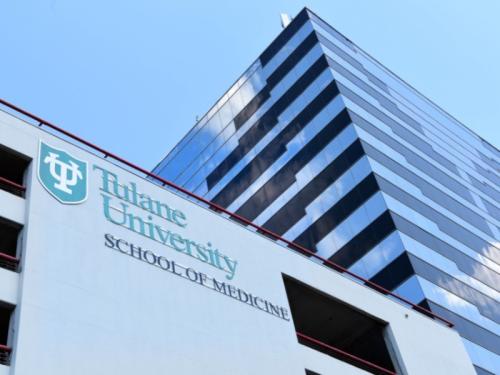
Tulane School of Medicine stands as a pivotal force in the renewal of one of America’s greatest cities. Our mission is to educate highly qualified students, transforming them into skilled, compassionate physicians committed to delivering superior primary or specialty healthcare locally, nationally, and internationally. Furthermore, we are dedicated to cultivating the next wave of scientific researchers whose innovations will propel the future of medicine and healthcare.
